Corten steel is a type of steel manufactured with a chemical composition that provides an oxidation that protects the piece, practically without altering its mechanical characteristics. The material is loved by many architects both for its strength and its particular rusty red colour. When used to clad whole façades, weathering steel can give an aesthetic value to any architectural project.

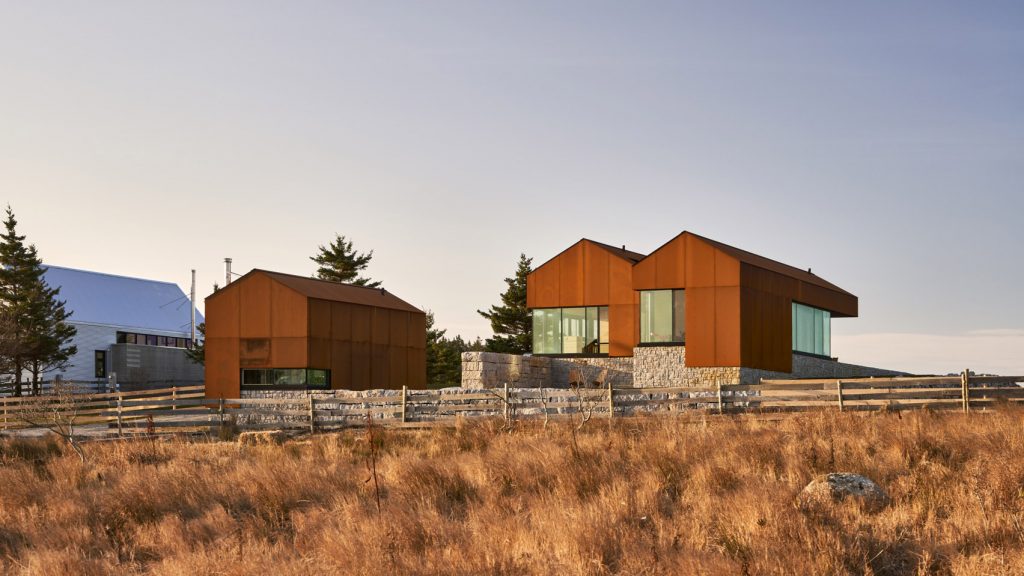
Smith House by MacKay-Lyons Sweetapple Architecture (also header image)
Canadian studio MacKay-Lyons Sweetapple Architecture has designed Smith House, a Corten-clad residence influenced by traditional fishing huts located on the Atlantic coast of Nova Scotia. The dwelling, together with other houses designed by the architect, forms a cluster of simple gable-roofed buildings of pre-weathered steel on the site of an old fishing village. The reconstituted village is dense, with its multiple courtyards framed between the structures, creating micro-climates that both catch the sun and block the wind. While the traditional shapes of the houses echo local vernacular buildings, they are made absolutely modern through their cladding and minimalist detailing.
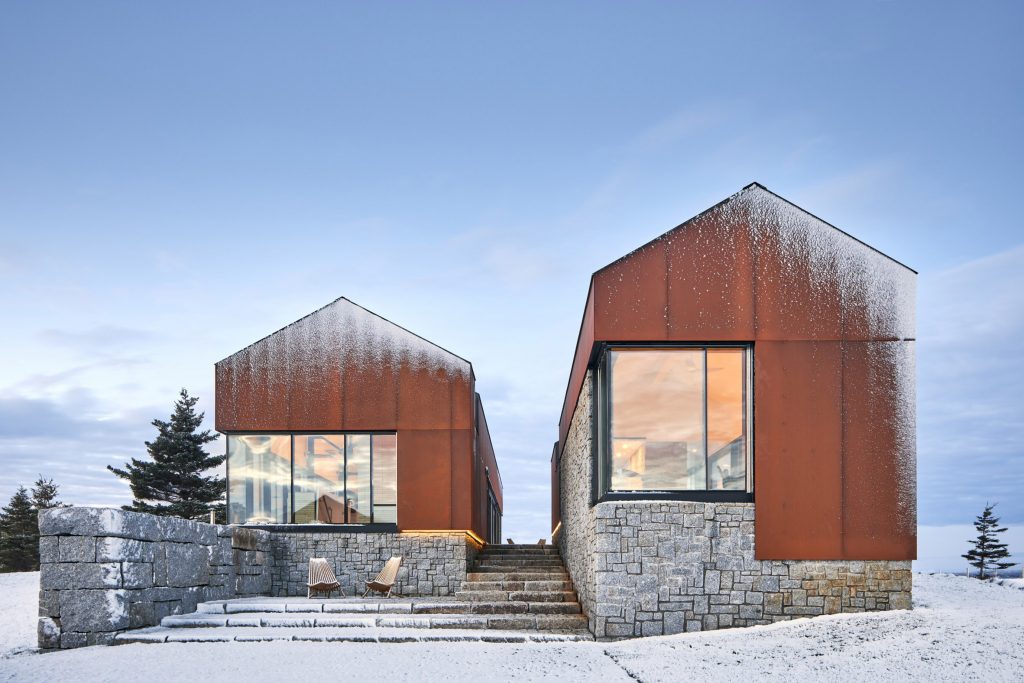
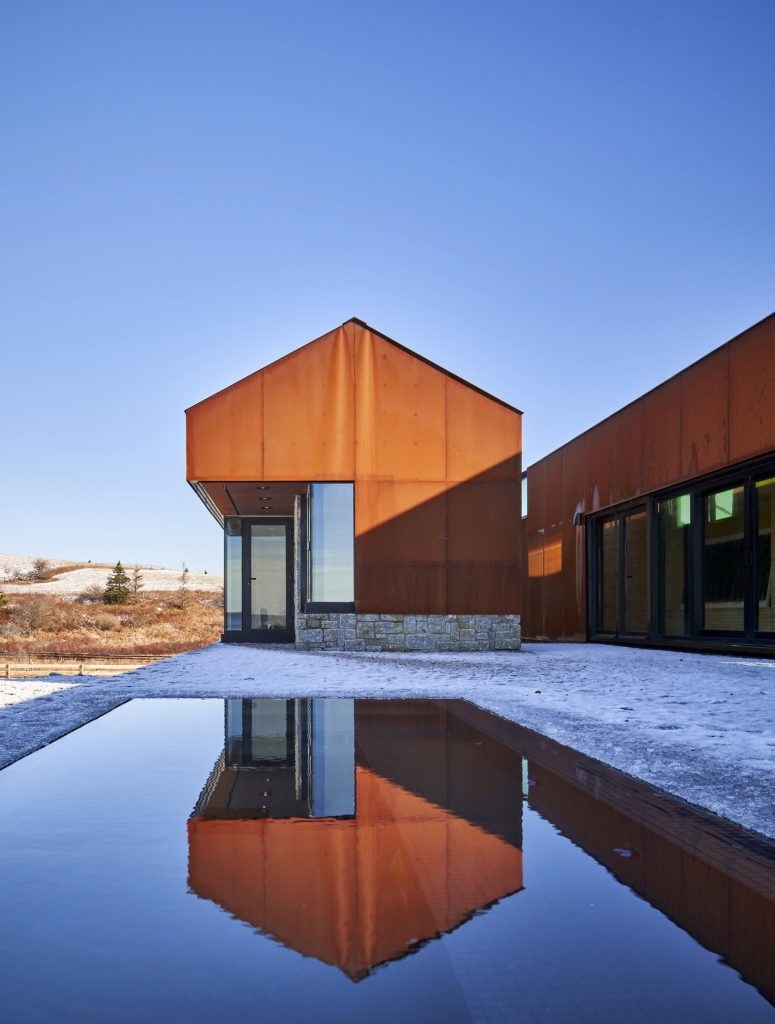
Smith House by MacKay-Lyons Sweetapple Architecture
Located on two-acre site spanning from a salt pond to bold oceanfront, Smith House consists of three pavilions perched on a stone plinth, constructed of local granite sourced from a nearby quarry. This foundation material, which has been brought to the place by retreating glaciers during the last ice age, over 15,000 years ago, is traditionally hand split for the construction of all of the nearby historic ruins.
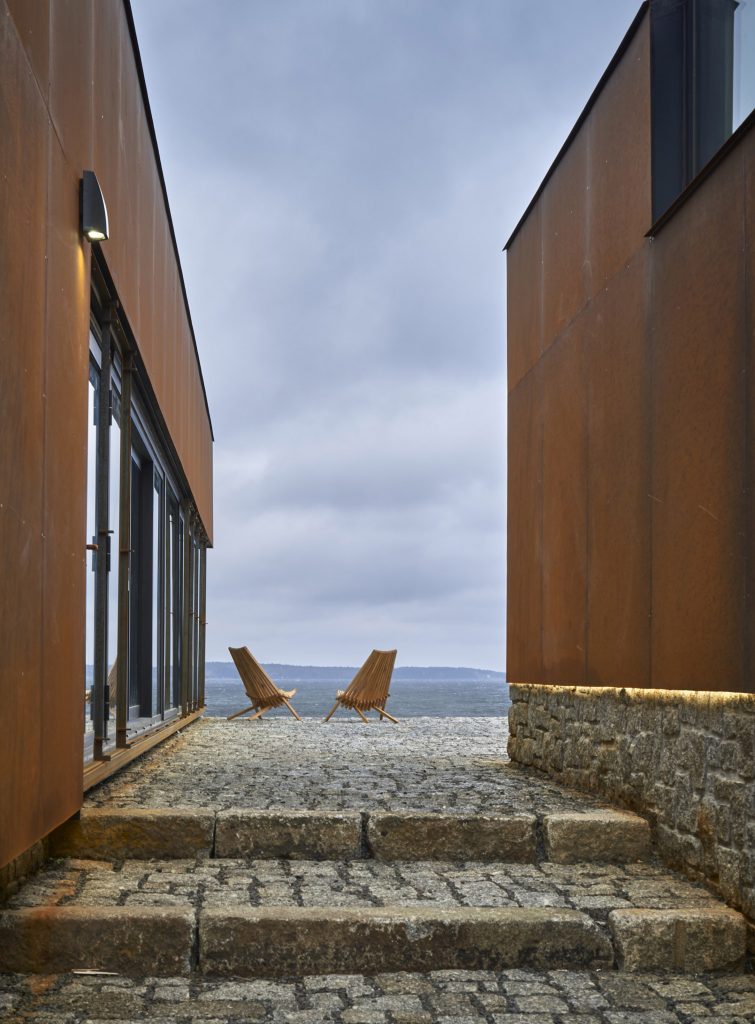

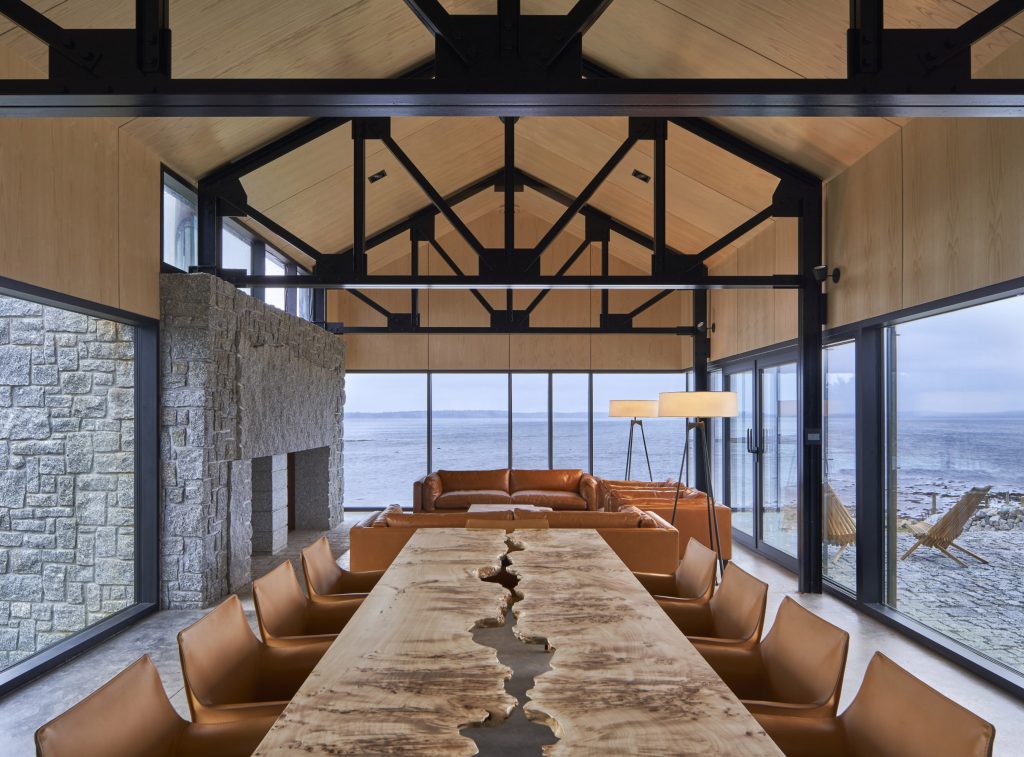
Smith House by MacKay-Lyons Sweetapple Architecture
Unified by their identically pitched roofs and the use of Corten steel cladding, each of the three volumes has its own distinct function. One of them contains an open-plan living, kitchen and dining area with a massive fireplace. The living quarters cantilevers out from the stone plinth and is flanked by large windows to provide expansive ocean views. The second volume separated from the first by a narrow courtyard houses a master-bedroom suite wrapped internally in white-painted shiplap. Described as a ‘gatehouse shed’, the third building contains a compact shared-bedroom for the clients’ children.

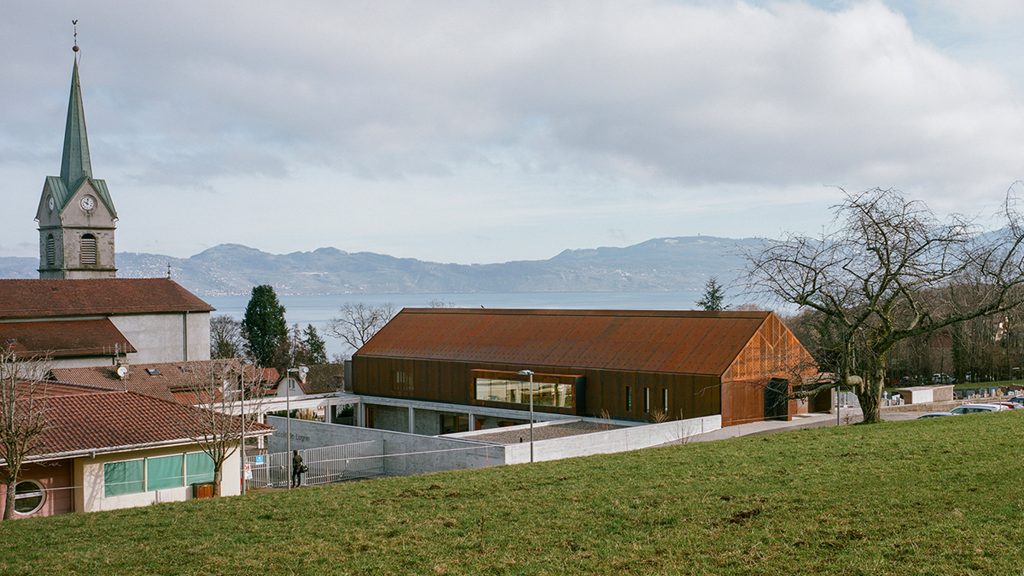
Junior school in Lugrin by Ateliers O-S Architectes
Paris architecture studio Ateliers O-S Architectes has used Corten steel as a cladding material for an extension to a junior school in the village of Lugrin, France, overlooking Lake and nestled between a church and a cemetery.
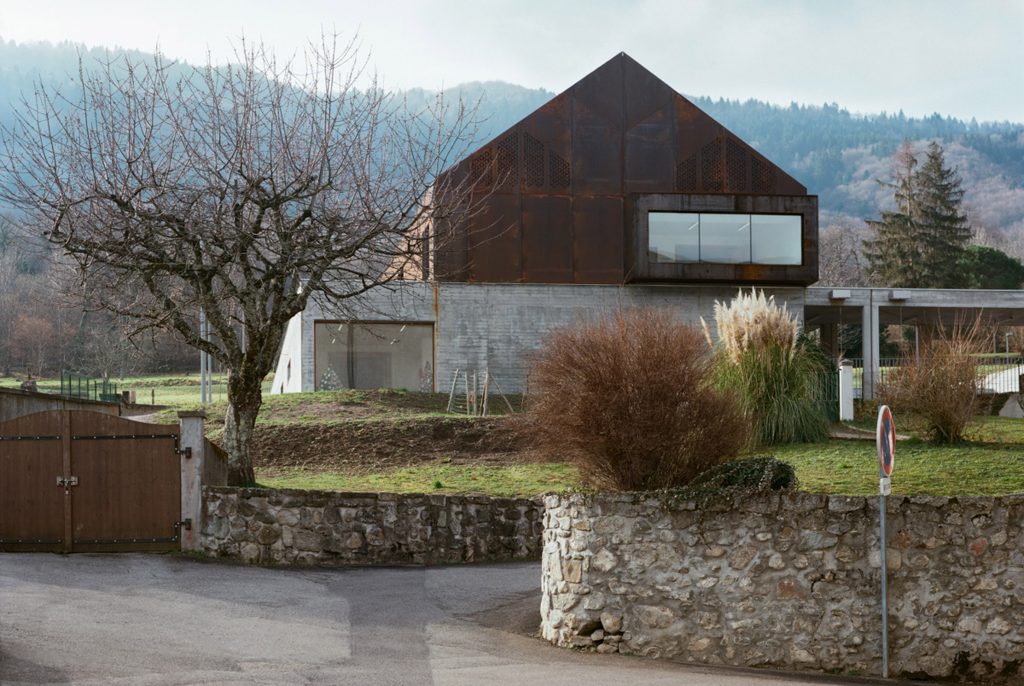

Junior school in Lugrin by Ateliers O-S Architectes
The challenge was to build a building with modern architecture that respects and reveals its scenic and historic environment. That is why Ateliers O-S Architectes opted for weathering steel. It is used as a response in dialogue with the roofs of the village in red and brown hues, but also because it is a raw material, which absorbs and testifies to the evolutions of time.
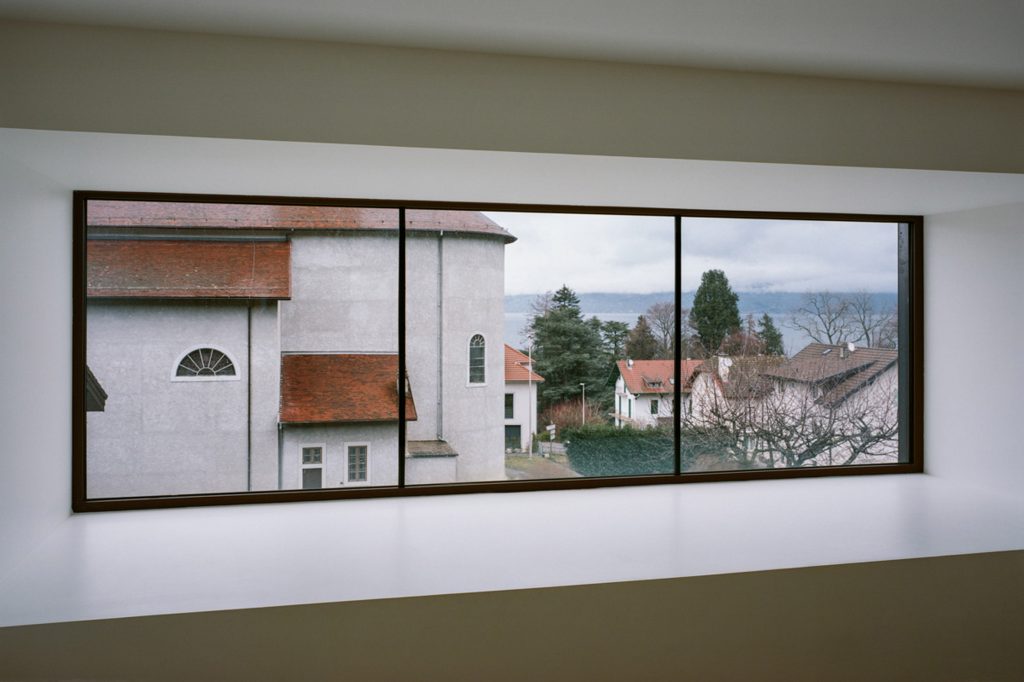
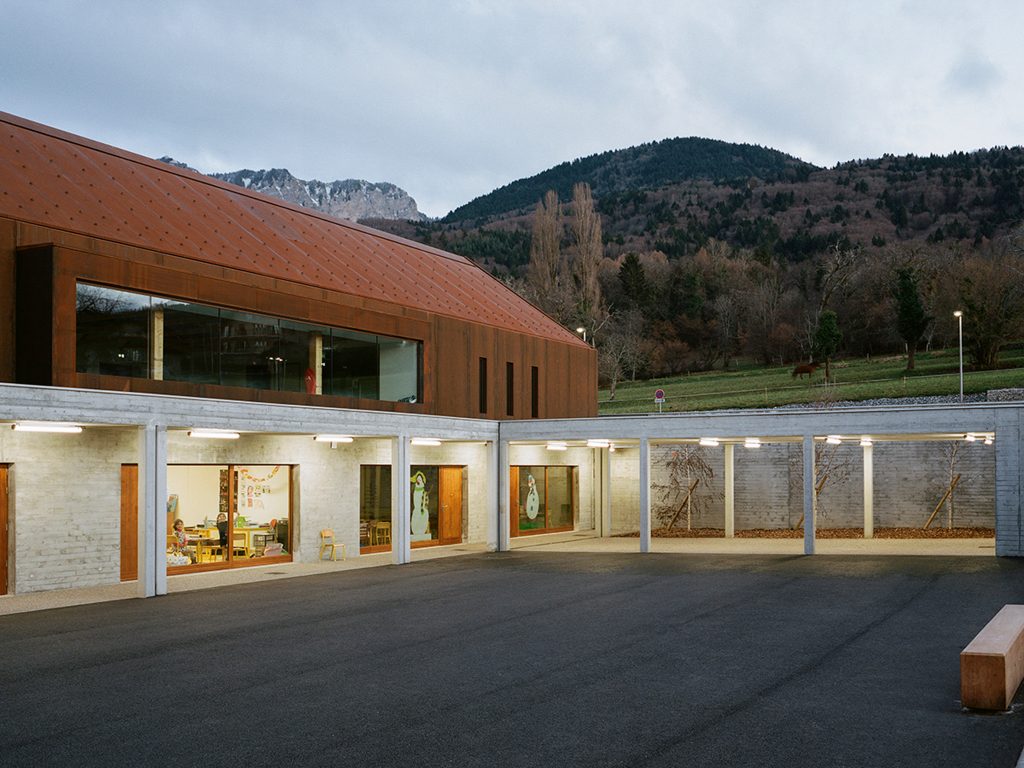
Junior school in Lugrin by Ateliers O-S Architectes
The ground floor of the two-storey addition is made from concrete and contains four classrooms, while the timber-framed, Corten-clad lower level houses a dining room with a separate entrance, which can be used as a multipurpose room for events. A concrete colonnade extends from the extension to connect the building to the existing school and frame a courtyard used as an outdoor playing area, a patio and then a sheltered path, which links the existing school equipment and its new extension.
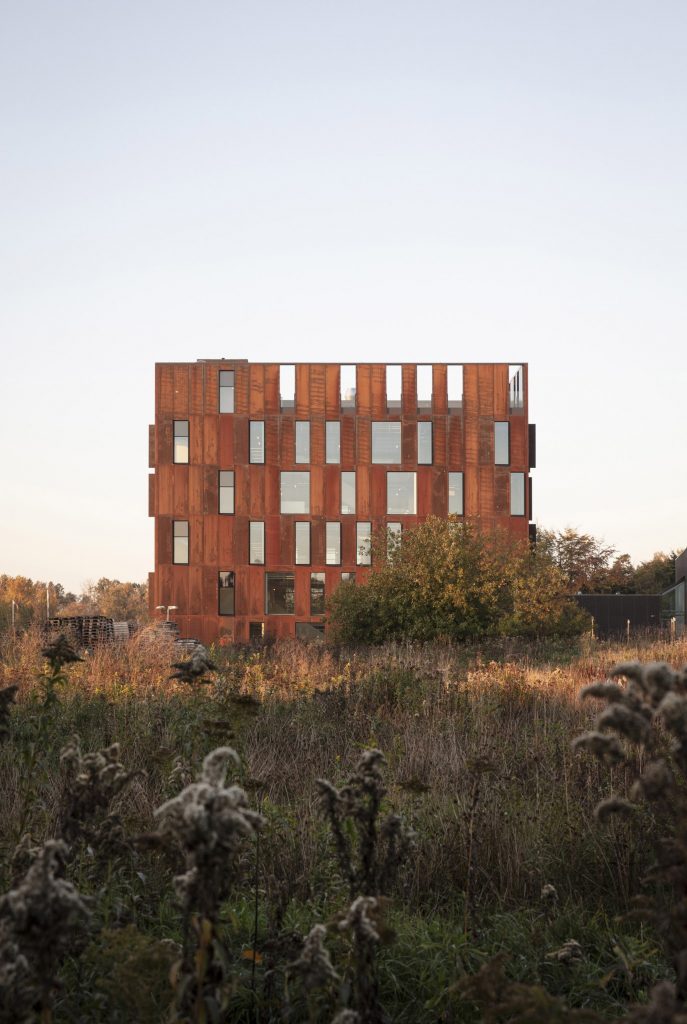
Forsyning Helsingør Operations Centre (The Cube) by Christensen & Co
Danish practice Christensen & Co have designed Helsingør Power Plant´s new headquarters in Denmark, an ambitious and sustainable project that encompasses a Corten steel-clad cube to house the offices of sustainable energy suppliers Helsingør Utility. Aptly named The Cube, the project both harmonizes with the geometric shapes of the area’s industrial structures and gives a raw and technical expression.

Forsyning Helsingør Operations Centre (The Cube) by Christensen & Co
With its five floors, 24-metre height, square shape, The Cube establishes a strong and characteristic appearance, the rusty-red hue of the Corten-clad façade corresponding with the colours of the surroundings. The concept extends into the surrounding landscape with an integrated path around the site called the Learning Loop, making tangible Nature’s role in energy production.
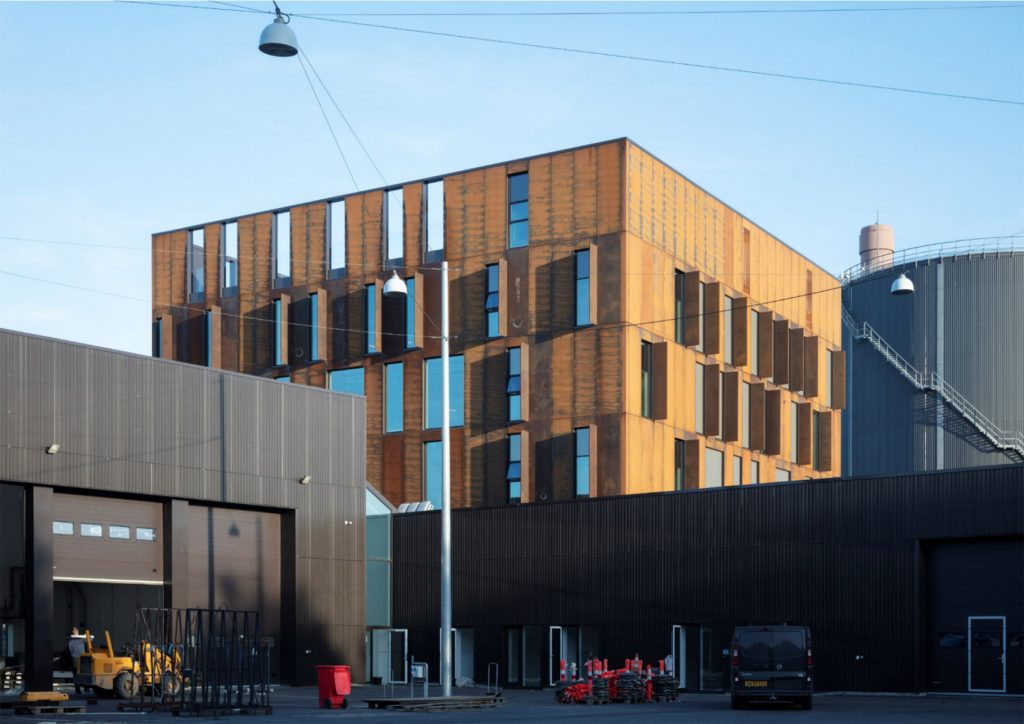
Forsyning Helsingør Operations Centre (The Cube) by Christensen & Co
The façade features numerous vertical windows and is divided into sections based on the dimensions of Corten-steel panels, which have been folded outwards to form fixed shutters in areas of direct sunlight. At the top of the building, an open roof terrace with seating areas is shielded by a high parapet also made from the Corten-steel panels, with openings matching those on the rest of the building.
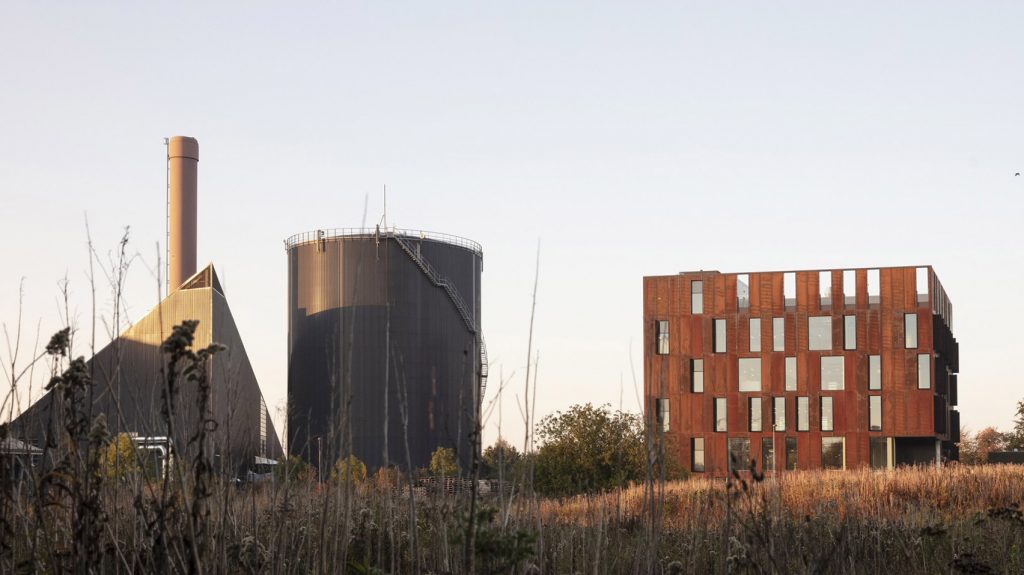
Forsyning Helsingør Operations Centre (The Cube) by Christensen & Co
Inside, the project is based on a concept of “interdisciplinary collaboration”. The ground floor houses administrative functions, a customer centre, and an exhibition area, organised around an atrium, lit naturally through large skylights. On a balcony above the customer centre, there is a lounge and canteen, while offices are placed on the top floors.
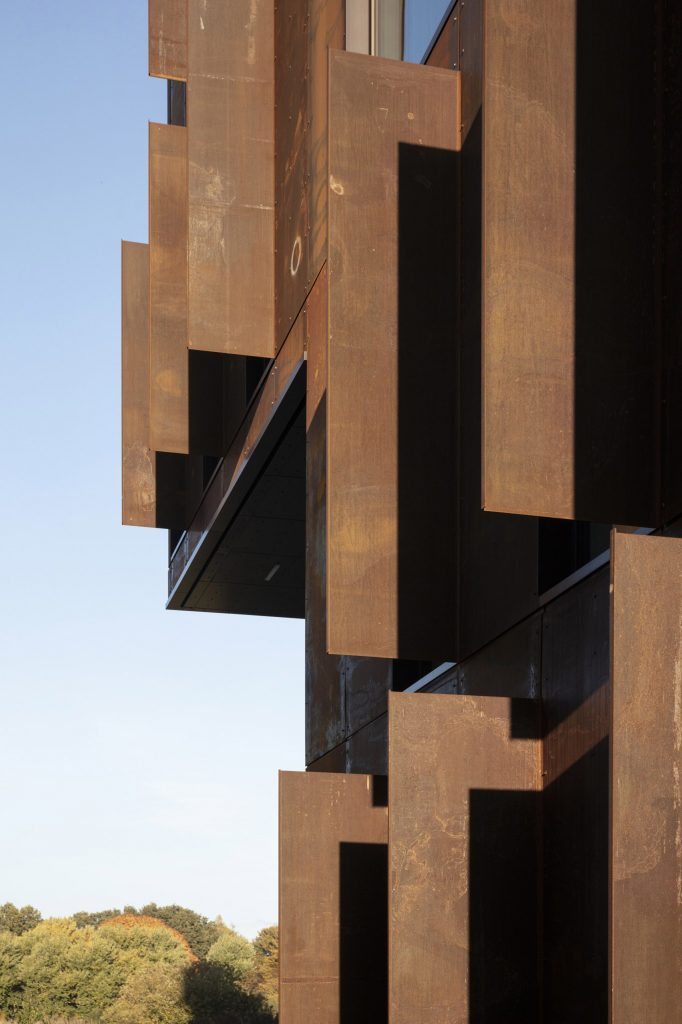
Forsyning Helsingør Operations Centre (The Cube) by Christensen & Co
The building has been designed with the principles of sustainable energy in mind and has minimal energy requirements. Excess heat from an adjacent wood-chipping plant helps to heat The Cube, and rainwater is collected on the roof and recycled for use in the building.